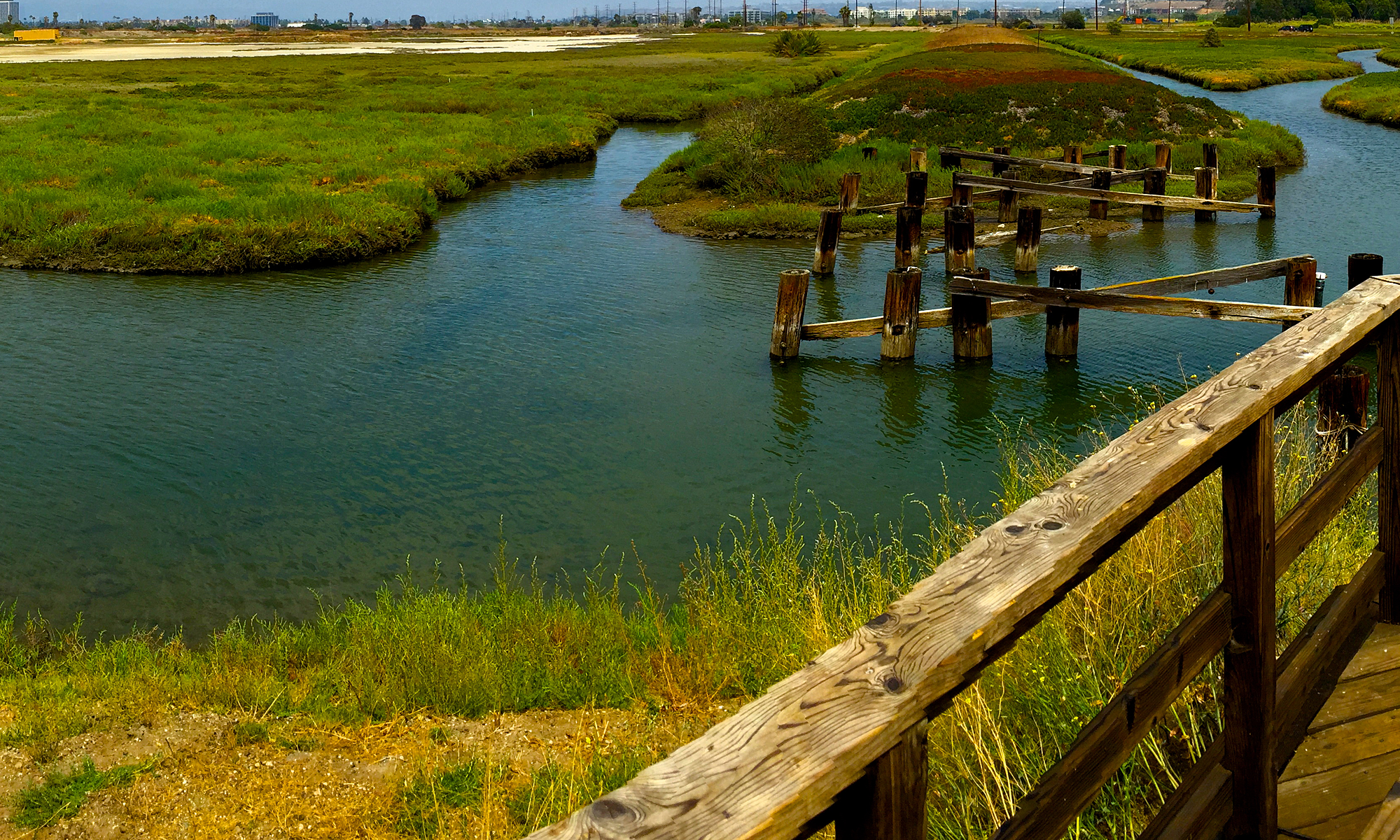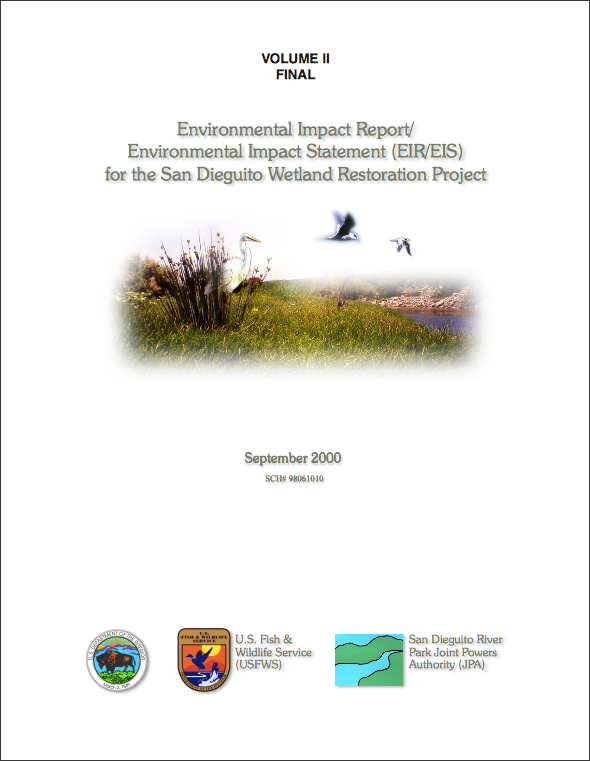Principle 2 – Scientific Basis
Restoration projects should have clear environmental goals and be based on critical scientific evaluation of all feasible alternatives. (iii)
Description:
Before beginning a wetland restoration effort, managers should review historical reports and records of the wetland’s health to establish a foundational understanding of its ecological and social past. For instance, it is important to understand a wetland’s historical flow conditions, in order to be able to compare them to what the wetland is able to sustain hydrologically in the present day. It may be the case that the hydrological regime has shifted so greatly, that it will be impossible to return to the historical flow conditions. understanding of its ecological and social past. Wherever possible, comparison to a reference standard or reference site is desirable to understand current conditions and set appropriate goals.
Restoration planners should then conduct an in-depth, scientific study of the site’s current environmental conditions, including its geology, hydrology and ecology in order to make knowledgeable decisions about the necessary and desired goals of a restoration project. The goals may link not only to the environmental need, but also the desired services that a wetland ecosystem would provide and to the community’s interests in the project. The scientific evaluation should also take into consideration uncertainty about potential changes in the wetland environment in the future, notably concerning climate change. Scientific studies should consider not only the wetland itself, but also the broader watershed and landscape. In this way, restoration efforts can more powerfully address larger-scale environmental challenges. Finally, restoration efforts should also take into consideration the need for ongoing monitoring to observe environmental change over time and shift the restoration strategy in accordance. In thinking through historical precedent, current environmental and social conditions, and the ideal potential restoration outcomes, restoration practitioners can consider a variety of approaches before moving forward with a plan.
This example EIR/EIS demonstrates how environmental goals are set and how all feasible alternatives are explored in a wetland restoration project.
References:
iii. USEPA (2000). Principles for the Ecological Restoration of Aquatic Resources. EPA841-F-00-003. Office of Water (4501F), United States Environmental Protection Agency, Washington D.C. 4pp.
Kentula, Mary E. “Perspectives on Setting Success Criteria for Wetland Restoration.” Ecological Engineering 15.3-4 (2000): 199-209. Web.

